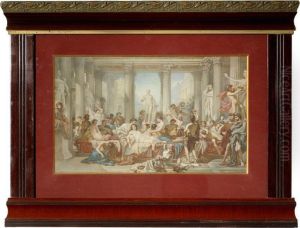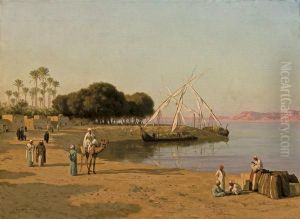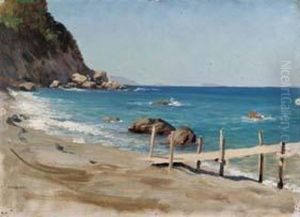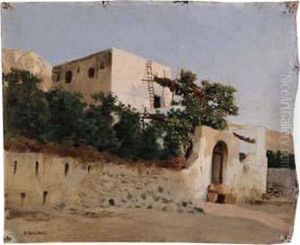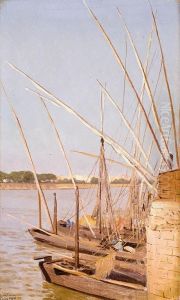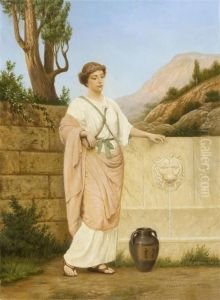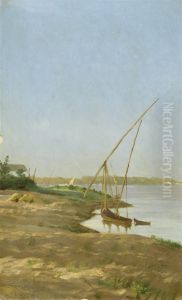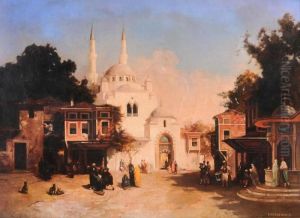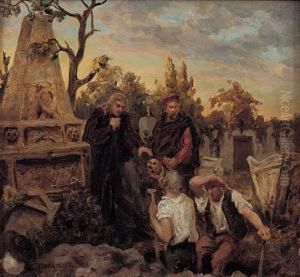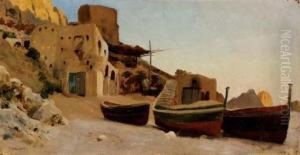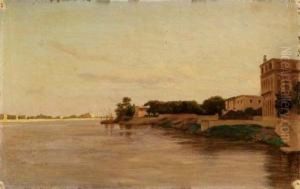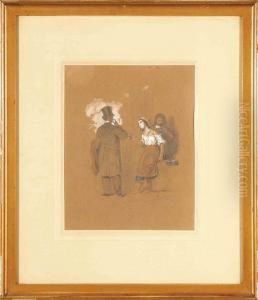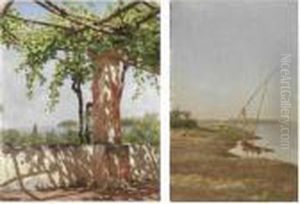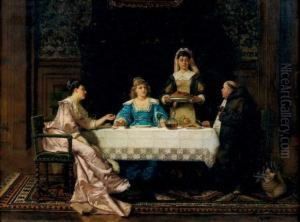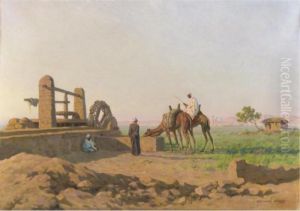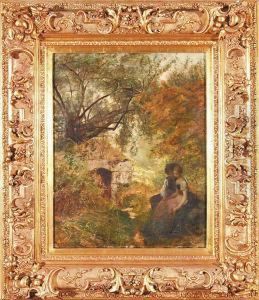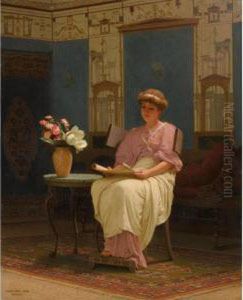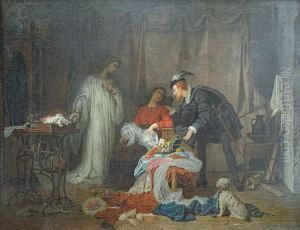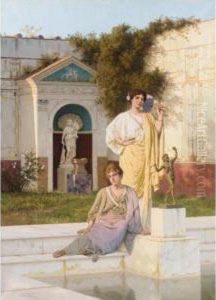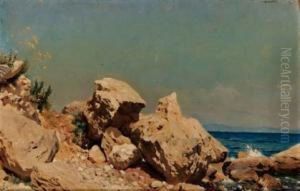Stefan W. Bakalowicz Paintings
Stefan W. Bakalowicz was a Polish painter who specialized in historical and genre scenes. He was born in 1857 in Warsaw, then part of the Russian Empire, into the cultural milieu of the Polish artistic elite. Bakalowicz studied at the Warsaw School of Drawing before continuing his education at the renowned Academy of Fine Arts in St. Petersburg, Russia, where he was a pupil of the famous Russian artist Ilya Repin.
After his studies, Bakalowicz traveled extensively throughout Europe, gaining exposure to various artistic styles and techniques. He spent a significant amount of time in Italy, particularly in Rome, where he became enamored with the Italian masters and the rich history of the city. This period had a profound influence on his work, as he developed a keen interest in historical scenes, especially those pertaining to the Roman Empire and the Italian Renaissance.
Throughout his career, Bakalowicz exhibited his works in many prestigious venues, including the Paris Salon, where he received critical acclaim for his detailed and atmospheric historical paintings. His works often depicted scenes from the lives of the Roman patricians, the splendor of Renaissance courts, and moments from Polish history, imbued with a sense of drama and opulence. Bakalowicz's paintings were characterized by their meticulous attention to historical accuracy in terms of costume and setting, and his skill in rendering textures and materials contributed to the lifelike quality of his work.
Despite his success abroad, Bakalowicz remained connected to his Polish roots and was involved in the Polish artists' community. He is remembered as a bridge between the Polish and Italian art worlds, bringing together elements from both traditions in his work.
Stefan W. Bakalowicz passed away in 1947, leaving behind a legacy of historically rich paintings that continue to be admired for their technical skill and evocative portrayal of the past. His works can be found in various art collections in Poland and across Europe, and they continue to be studied by art historians interested in 19th-century European art.
